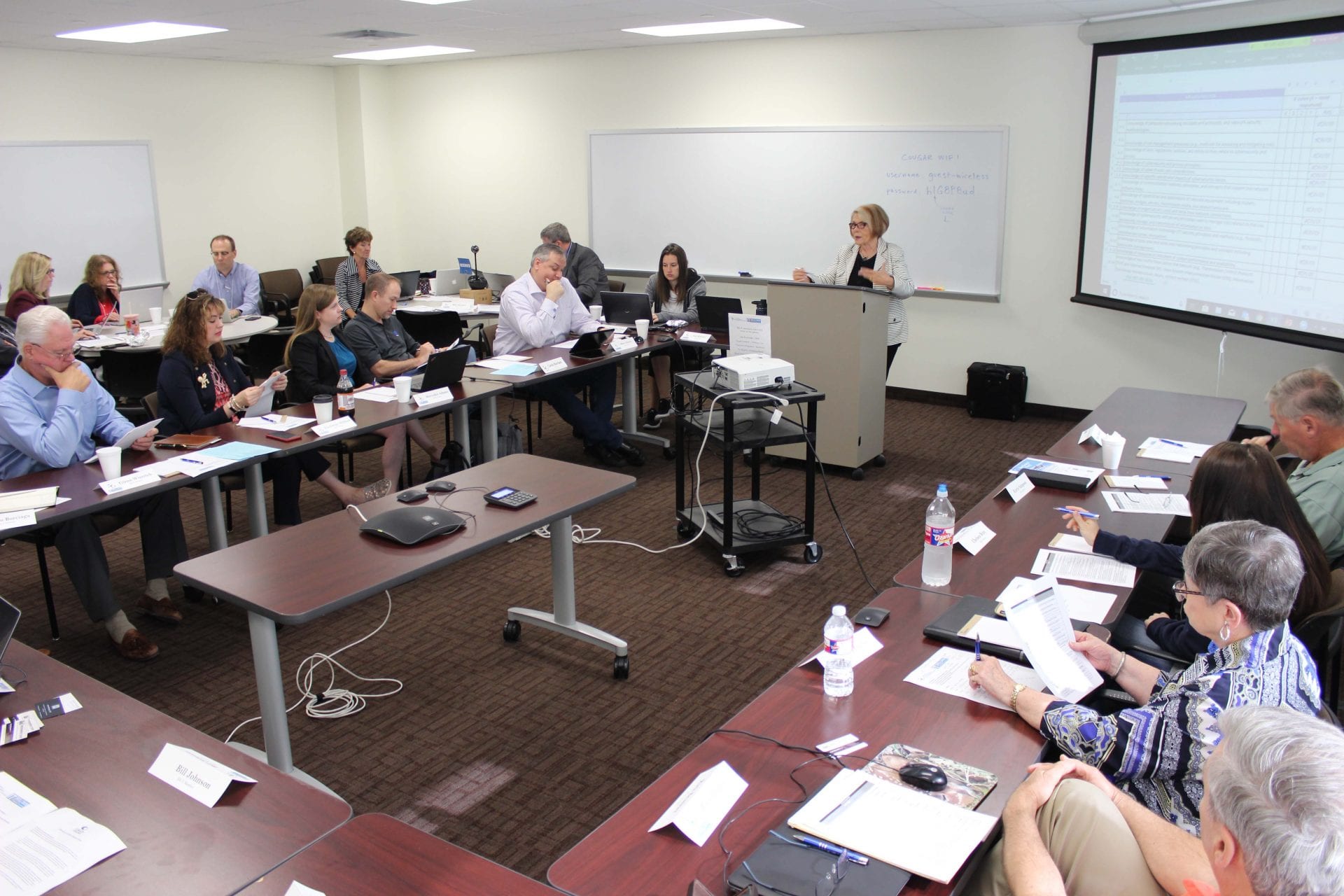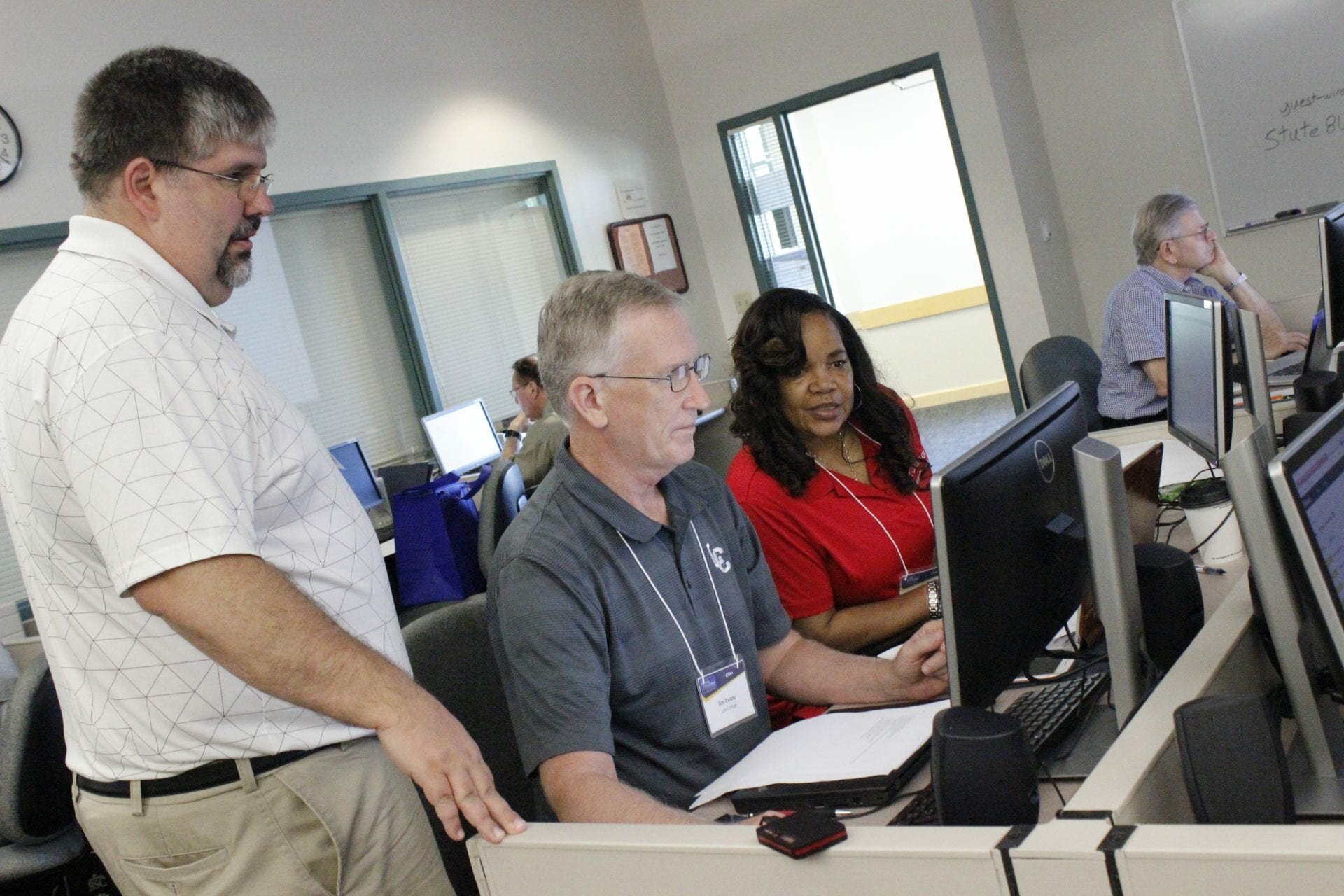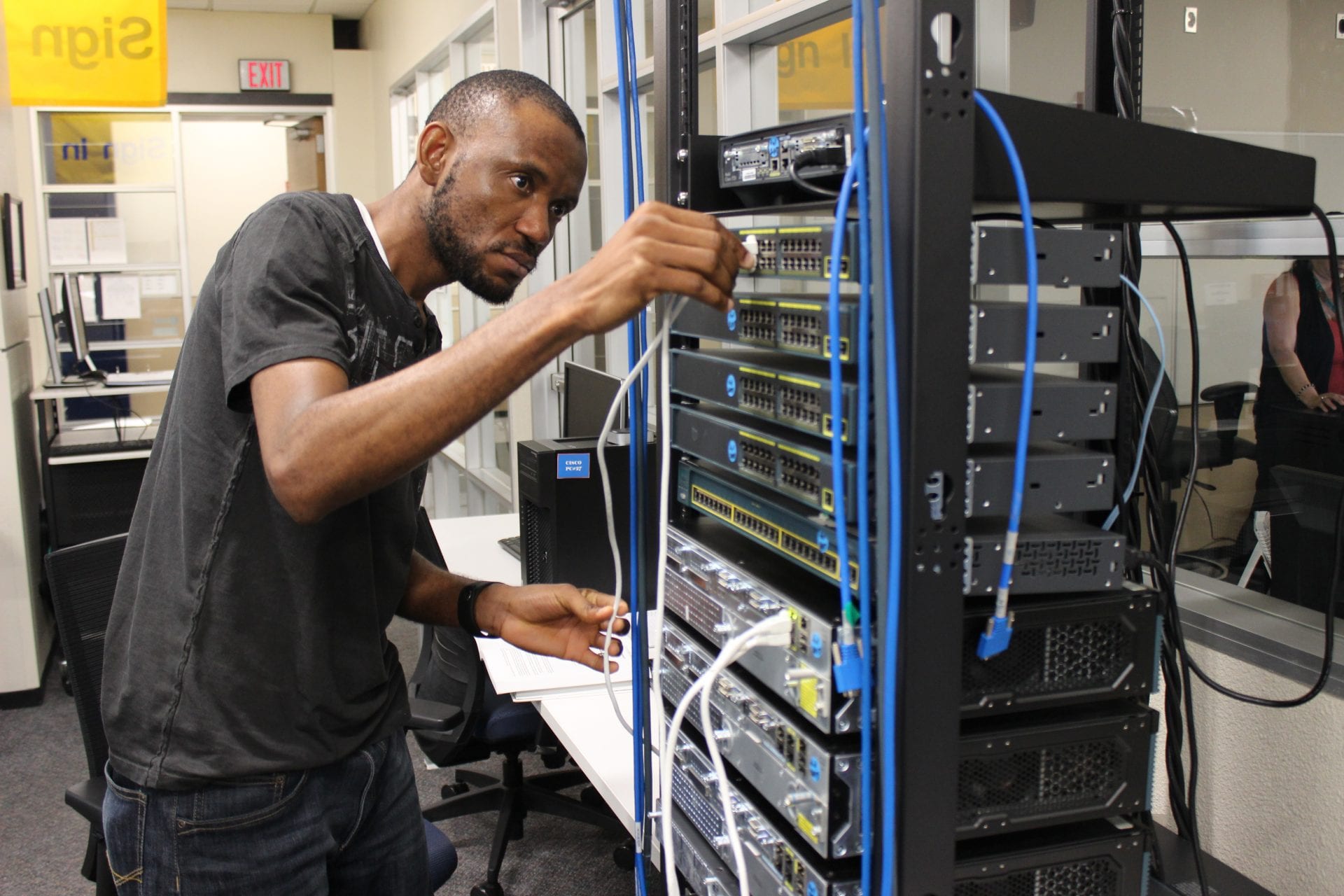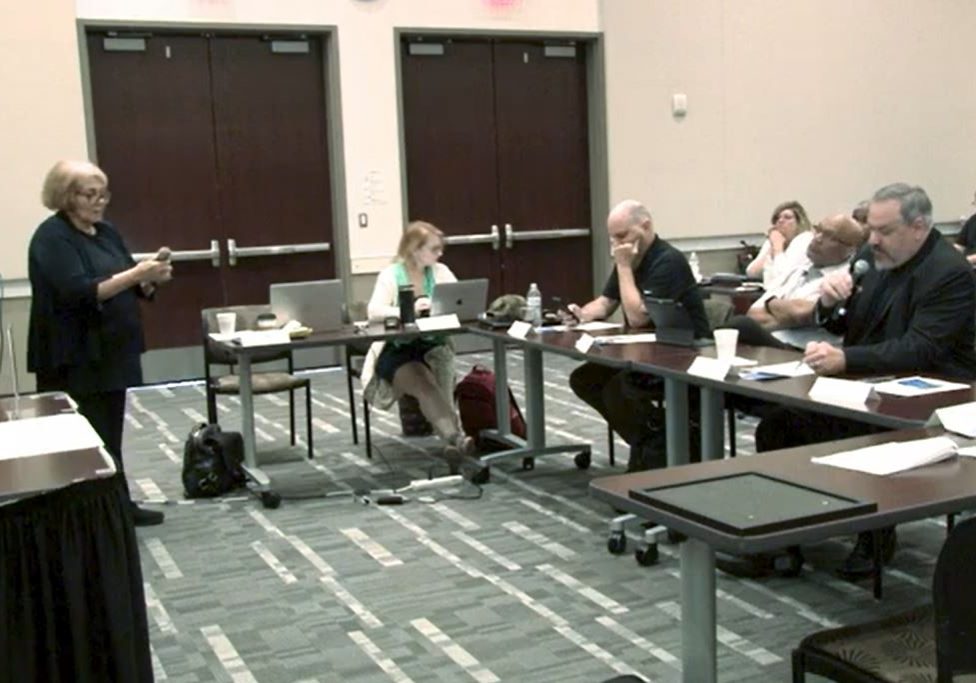Welcome to the National Convergence Technology Center Blog
Download the CTC IMPACTS book showcasing eleven years (2012-2023) of accomplishments and successes.
Access the CTC's public "legacy drive" to download evergreen resources, best practices, and classroom content. Watch this video tutorial to learn more.
Questions about the National CTC's past work or the new national IT center can go to .
The National Convergence Technology Center (CTC) helps colleges meet the fast-growing demand from business and industry seeking IT specialists (mobile networks, edge computing, private/public cloud computing, "Internet of Things," mobile device integration, storage and network virtualization, video and voice integration, all over a secure network). Specifically, the National CTC actively:
- Engages a Business and Industry Leadership Team (BILT) to identify needed skills that inform curriculum updates nationally
- Invigorates faculty to teach emerging technologies through professional development
- Provides virtual lab capability for students to reduce costs and increase availability
- Implements best practices for recruiting, retaining and graduating underserved students
- Uses stackable certificates and articulation agreements to increase the number of students completing certificates and degrees
- Supports high schools, colleges, and universities nationally through the "Convergence College Network" (CCN) Community of Practice (CoP) whereby members share expertise with one another to improve their IT programs
- Disseminates materials and processes via websites, webinars, conference presentations, social media, and white papers




Newsletters

CTC | September 2023 Newsletter
* The National CTC sunsets this month
* New "BILT Spotlight" video series
* Two comprehensive "how to" documents available now
* The CTC's "Brown Bag" webinar series comes to an end
Blog
Technology, Emotions, and Sex Work: A Closer Look at Live Webcamming
Advancements in technology have reshaped countless industries, and sex work has seen a profound shift through webcamming. High-speed internet, seamless streaming services, and widely available devices have transitioned intimate exchanges from physical settings to virtual environments. Models now reach clients across the globe instantly, marking a deep change in how personal services are offered and accessed, showcasing the extensive reach of digital solutions in today’s labor market.
The growth of camming platforms over recent years highlights the scale of this transformation. Reports indicate that millions of users interact with these services daily, coming from varied backgrounds in terms of age, gender, and location. Powered by technology, this global access not only broadens the audience for cam modeling but also forms a distinctive space where cultural and personal differences are bridged through a digital interface.








